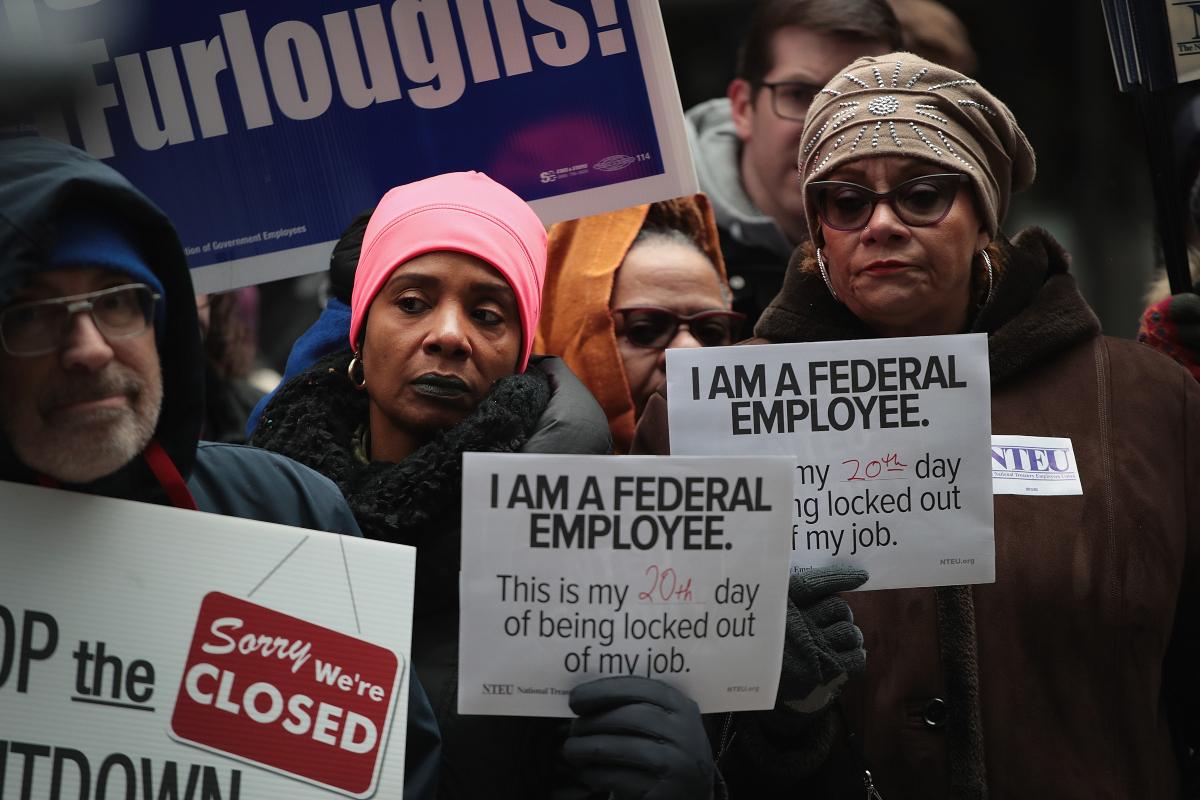Why Is the Government Shutting Down? The Debt Ceiling, Explained
The U.S. government is at risk of shutting down yet again. Why might the U.S. government shut down, and what would be the impact?
Sept. 30 2021, Published 7:30 a.m. ET

The U.S. government is at risk of shutting down yet again as the country faces a debt ceiling. Why might the U.S. government shut down, and what would be the impact?
Many people have been worried about the impact of a government shutdown on their daily life. How would it affect important government functions?
How many times has the U.S. government shut down?
Since the modern funding process was introduced in the Budget Act of 1974, the U.S. government has shut down 21 times (plus three events that lasted less than a day and weren't technically shutdowns). The shutdowns have usually been resolved within ten days.
Are there more shutdowns under Democrats or Republicans?
Altogether, there have been 12 shutdowns under a Republican president and nine under a Democratic president. If the government shuts down under Joe Biden’s presidency, we’ll move toward parity between the two parties.
What was the longest shutdown in U.S. history?
The longest shutdown was under Donald Trump, lasting for 35 days between Dec. 22, 2018, and Jan. 25, 2019. The shutdown was caused by an impasse over Trump’s insistence on funding for the border wall with Mexico.
Why does the government shut down?
If funding ian't approved, the president and Congress can pass a "continuing resolution" to extend the funding mechanism for the short term. A government shutdown happens when lawmakers aren't able to approve funding measures.
While it was border security funding under Trump, it was the Affordable Care Act under Barrack Obama. Under Bill Clinton, the government shut down for 21 days after he vetoed a continuing resolution over an increase in Medicare premiums.
Why is the U.S. government shutting down now?
In this most recent case, the U.S. government’s fiscal year ends on Sep. 30, at which point 12 appropriations bills need to be approved by Congress and signed by the president. Moderates and progressives in the Democratic party are split over $4 trillion in spending proposed by the government.
There is also disagreement between Republicans and Democrats on lifting the debt ceiling, which is currently at $28.4 trillion. The Republicans want to keep the two issues separate and have standalone continued resolutions to avert the shutdown.
Will the U.S. government shut down?
The U.S. government is at the risk of shutting down if the funding measures are not approved in time. However, by the middle of October, we’ll also reach a debt ceiling limit. Failure to lift the debt ceiling could be even more catastrophic than a shutdown.
What happens when the U.S. government shuts down?
Whereas emergency and essential services aren't affected by the shutdown, most other government functions are. Federal employees might also be furloughed—not something anybody would want considering the COVID-19 pandemic's toll on the U.S. economy.
Will the shutdown impact COVID-19 relief?
The shutdown could also be "challenging" for pandemic relief measures, as stated by White House press secretary Jen Psaki. The U.S. daily coronavirus count is still high.
Moreover, a shutdown or failure to lift the debt ceiling wouldn't be good for the nation's image abroad. The country’s handling of the COVID-19 pandemic, Capitol Hill riots, and botched-up exit from Afghanistan have not won U.S. democracy any accolades. A shutdown would be the last thing that the country needs right now.


